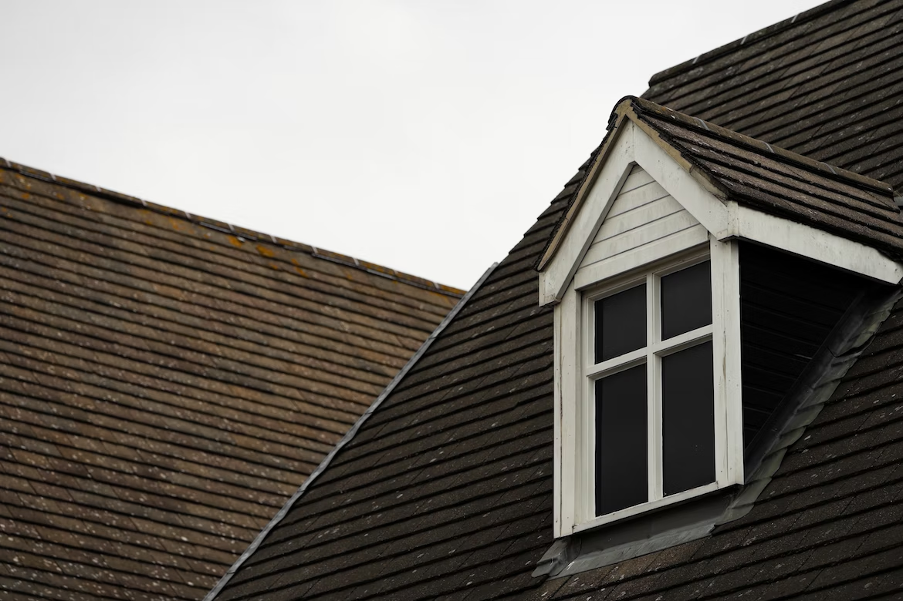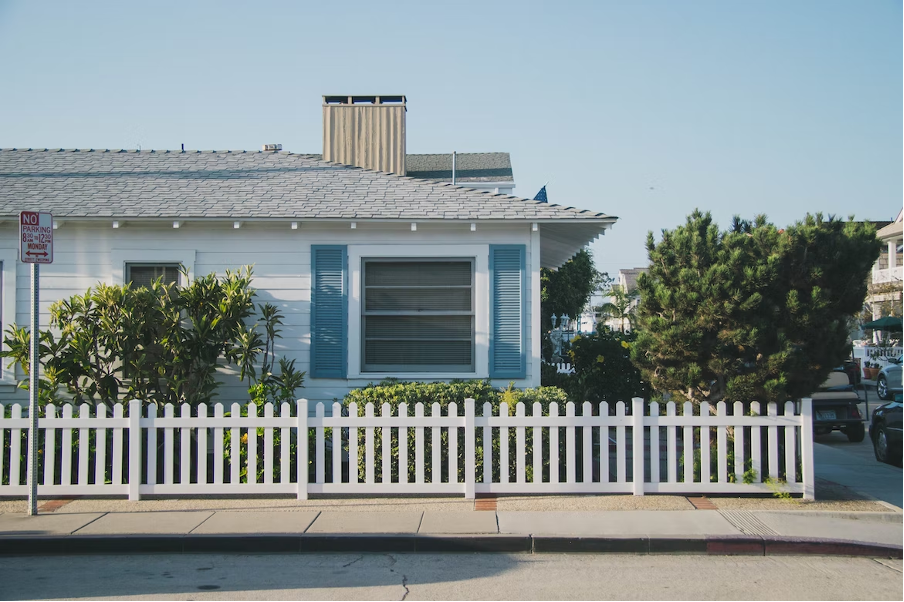As a homeowner, you know that your roof is one of the most important components of your home. It protects you and your family from the elements, including rain, snow, wind, and hail. But when severe storms hit, they can cause significant damage to your roof – leading to leaks and other problems. That’s why it’s important to be prepared for storm-related roof damage so that you can take immediate action if necessary. So here’s how to identify storm damage on your roof as well as what steps you should take if there is indeed damage present, as well as how to prevent future storm damage from occurring in the first place.
Examine the Extent of the Damage
If a storm has passed, inspect your roof for signs of damage. Look for missing or damaged shingles, dents in metal components, holes in the surface, and “blistering” (pools of standing water). Getting an estimate from the contractors from MonarchRoofing.biz can also help you get an expert’s opinion on what needs to be done, how much will it cost, and how big of a project it’s going to be. The most common types of damage after a storm include:
- Blistering – raised or bulging areas in your roof that are caused by an accumulation of water vapor.
- Leaks – small openings in the surface that allow rainwater to seep through and cause damage inside your home.
- Holes – larger openings in the shingles or metal components that require immediate repair.
Schedule Repairs Immediately If Necessary
If the extent of the damage is too great, or if you’re unable to identify where the leaks are coming from, it’s best to call a professional for help. A reputable roofer can assess the damage and recommend repairs as well as offer tips on how to protect yourself from future storm damage. They can also repair any damaged shingles or replace missing ones.
Take Preventative Measures
To avoid extensive damage in the future, make sure you take preventative measures before a storm hits. The most important thing is to keep your roof in good condition by cleaning gutters, inspecting shingles regularly, and sealing any cracks or holes with caulk. Additionally, trim back nearby trees and branches so they don’t pose a risk to your roof during heavy winds. Lastly, it’s always wise to invest in quality storm shutters and window coverings that will protect your home from hail and other debris during a fierce storm.
Have Insurance in Place
Having some form of insurance is also a good idea. Most home insurance policies cover storm damage, although you may need to purchase additional coverage for things like flooding or wind damage. Before filing a claim, make sure you read the fine print and understand what type of damage is covered by your policy. Insurance policies that cover natural disasters can help protect you from the financial losses associated with them. Additionally, if you are a business owner, make sure to secure business insurance that covers any property damage or lost income caused by natural disasters. It’s important to be prepared in advance and have insurance ready to cover any potential damages.
Have Backup Plans
No matter what precautions or preparations you take, no one can predict the future when it comes to natural disasters. To ensure your safety and well-being during this time, create multiple backup plans for yourself and your family. Think about potential evacuation routes and options for sheltering in place if necessary. Make sure everyone knows who to contact in case of emergency, as well as where to find important documents. Additionally, create a safety plan for your business if you’re an entrepreneur. Be prepared to shut down operations or relocate if needed. Taking the time and effort to develop multiple backup plans can help ensure your safety and security in the event of a natural disaster.
Stay Informed
Finally, make sure to stay informed about any potential risks associated with natural disasters in your area. Keep up-to-date on weather forecasts and listen for alerts from local authorities regarding potentially dangerous conditions. By staying well-informed, you can be better prepared for possible natural disasters and act quickly to protect yourself and those around you when necessary. Doing so will help ensure that everyone stays safe during this time of uncertainty.
With these tips, you can ensure that you are prepared for any potential natural disasters and ready to take action if needed. By taking the necessary precautions, you can stay safe during any emergency situation. So make sure to get started on your preparations today. If the worst does happen, you’ll be grateful you were prepared!


